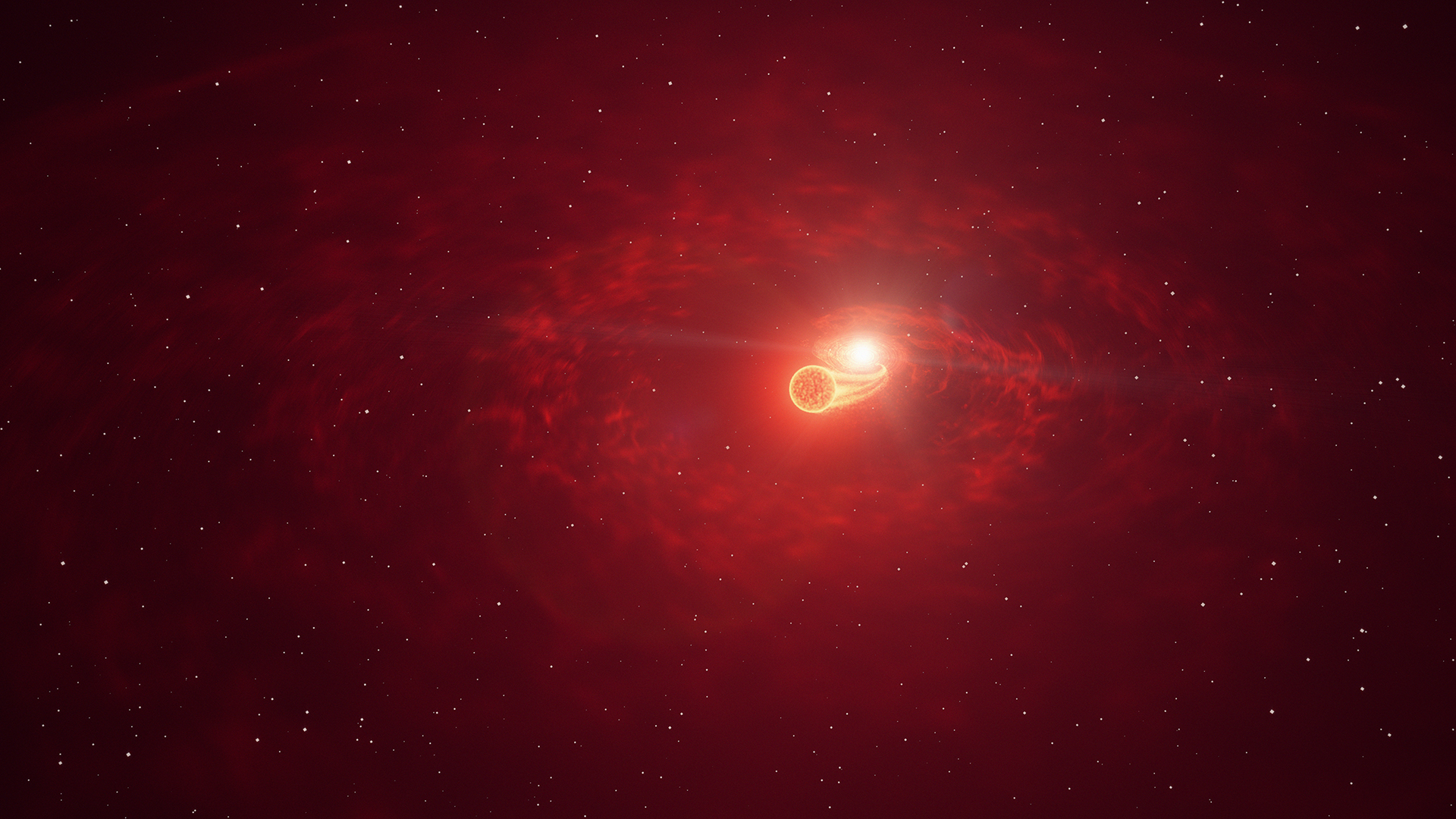Astronomers have discovered humanity’s first known example of a rare binary system doomed to end in a massive kilonova explosion. This type of cosmic phenomenon is so rare that scientists estimate that only ten binary systems within the Milky Way can produce one.
Researchers looking into the binary system published a study on their findings in the journal Nature in early February. According to those findings, this system is primed for a kilonova explosion, which makes it an exceptionally rare find for astronomers.
“We know that the Milky Way contains at least 100 billion stars and likely hundreds of billions more,” astronomer and co-author of the study André-Nicolas Chené explained. However, Chené says this system capable of producing a kilonova explosion is a “one-in-ten-billion system.”
The system in question is known as CPD-29 2176, and it includes a massive star orbiting a smaller neutron star. Both of the stars are victims of each other’s gravity, though, eventually forming into a kilonova explosion when they collide sometime in the future.

A kilonova event is so rare that the astronomers say only two are expected (and that’s on the high end) to exist within a spiral galaxy like the Milky Way. As such, this discovery is groundbreaking for astronomers and could hopefully help us learn more about these intriguing binary systems.
The exact science behind how these rare binary systems capable of a kilonova explosion form is still a bit of a mystery. However, this discovery does show that, in some cases at least, two sibling neutron stars can merge when one is created without what astronomers call a classic supernova.
Of course, this massive explosion isn’t set to happen anytime soon, as cosmic timelines are quite lengthy compared to our own short lives. As such, astronomers estimate that the kilonova explosion will occur sometime within the next million years, as the companion star still needs to collapse.
Once the second star collapses and turns into a neutron star, and from there, millions more will pass before they collide, creating the rare kilonova explosion that scientists believe it is on track to create.
By the time this explosion rolls around, humanity may be gone. But, if we’re still here, perhaps telescopes even more powerful than James Webb could observe this occurrence, providing us with unique data to better help humanity understand our universe down the line.








